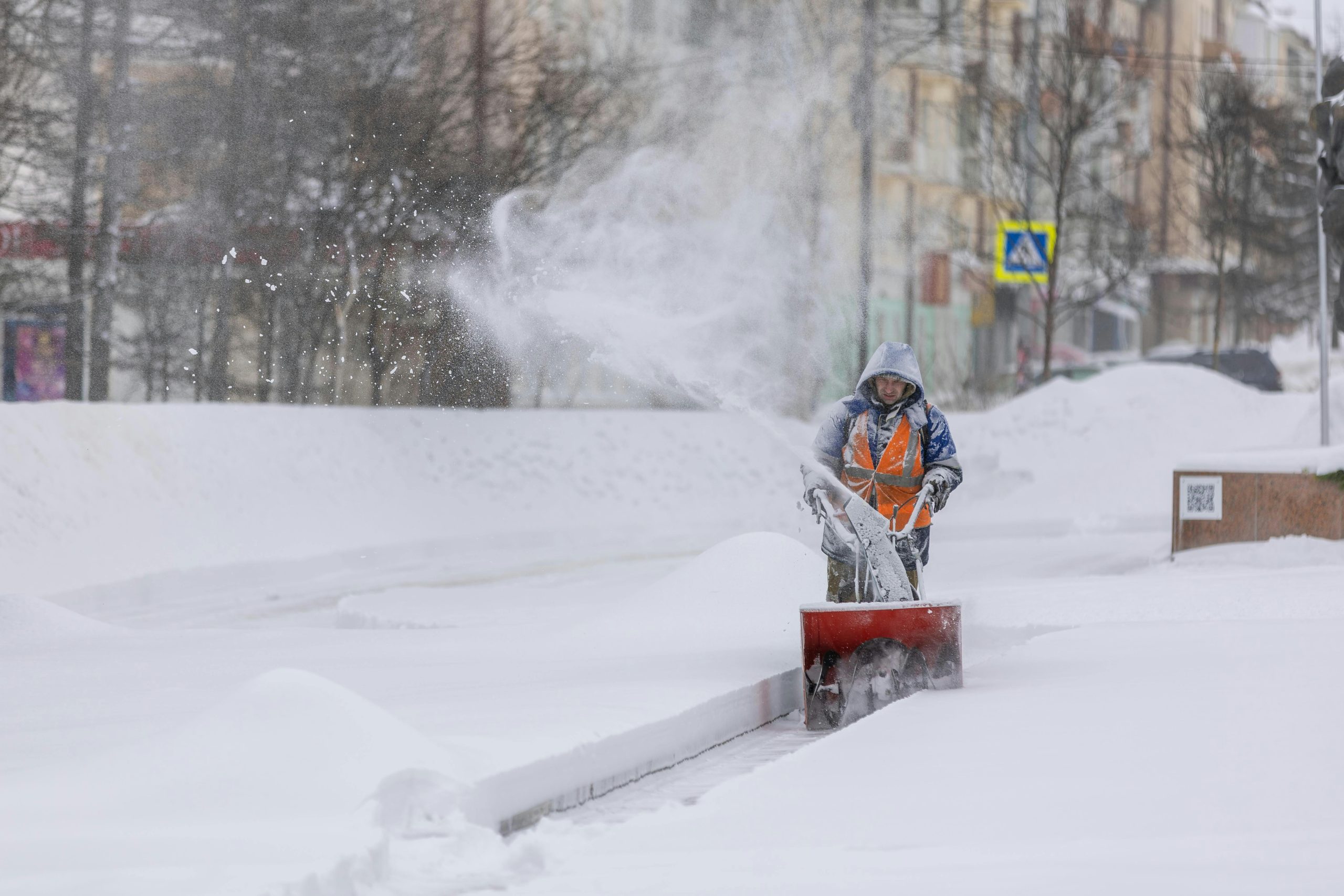Winter in Ontario can be harsh, and as a landlord, it’s your responsibility to ensure your rental property is well-maintained and protected from the elements. Preventative maintenance can help you avoid costly repairs, keep tenants safe and comfortable, and comply with local housing regulations. Here are some essential winter maintenance tips for landlords.
1. Inspect and Service the Heating System
A properly functioning heating system is crucial for tenant comfort and safety. Schedule a professional HVAC inspection to ensure furnaces or boilers are in good working condition. Change filters regularly and remind tenants to keep vents unobstructed to maintain efficiency.
2. Prevent Frozen Pipes
Frozen pipes can lead to expensive repairs and water damage. To prevent freezing:
- Insulate exposed pipes in basements, attics, and exterior walls.
- Advise tenants to keep the heat on, even if they are away.
- Encourage tenants to let faucets drip slightly during extreme cold snaps to prevent freezing.
- Ensure outdoor hoses are disconnected and shut off exterior water valves.
3. Ensure Proper Insulation and Sealing
Drafty windows and doors can drive up heating costs and make the property uncomfortable. Inspect windows, doors, and any gaps where heat can escape. Use weather stripping, caulking, or thermal curtains to improve insulation. If necessary, consider upgrading to energy-efficient windows.
4. Clear Snow and Ice Promptly
Under Ontario’s Residential Tenancies Act, landlords are responsible for ensuring safe access to rental properties. This means keeping driveways, walkways, and entryways clear of snow and ice. If you handle snow removal yourself, establish a routine for clearing high-traffic areas. If tenants are responsible, ensure they have the necessary tools and know their obligations.
5. Check the Roof and Gutters
Heavy snow accumulation and ice dams can damage roofs and gutters. Before winter sets in:
- Inspect the roof for loose shingles or damage.
- Clean out gutters to prevent ice buildup and water damage.
- Install heating cables if necessary to reduce ice dams.
6. Test Smoke and Carbon Monoxide Detectors
With increased heating use and the potential for carbon monoxide leaks, winter is a critical time to test smoke and CO detectors. Replace batteries as needed and ensure all detectors are functioning properly to comply with fire safety regulations.
7. Communicate with Tenants
Keeping open communication with tenants is key to proactively addressing winter maintenance issues. Provide them with a checklist of best practices, such as:
- Reporting any heating issues immediately.
- Keeping sidewalks salted to prevent slips.
- Checking for leaks or signs of mould caused by condensation.
8. Have an Emergency Plan
Unexpected winter emergencies, such as furnace breakdowns or major snowstorms, can happen. Have a plan in place, including:
- A list of reliable contractors for urgent repairs.
- A backup heat source in case of heating failures.
- A method for tenants to reach you in emergencies.
By staying ahead of winter maintenance, landlords can protect their investment, keep tenants happy, and minimize unexpected expenses. A well-maintained property not only prevents costly damage but also enhances tenant satisfaction and retention.

 Facebook
Facebook
 X
X
 Pinterest
Pinterest
 Copy Link
Copy Link



